My account
Get into your account.
Hot topics
Top 10 Indian Pharma – 2025
India's top 10 pharma companies by market capitalization, offering insights into...
Track and Trace: Indian Pharma – Current and Future Applicability
Pharmaceutical companies must contend with challenges from supply chain lapses (theft, diversion, S.O.P. deviations, product recalls, reverse logistics etc.) counterfeiting and stringent regulations. These challenges get compounded when dealing across the states and country business operations, besides that not only impact tangible profits but also the intangible brand credibility. In this context, there is also a credible increase in public awareness about the genuineness of medicine (in particular medicine that require cold chain) and their predictability of clinical outcomes.
Providing visibility and full traceability becomes a paramount importance to both the Industry and the Govt. – A fool proof solution not only brings transparency in the system, but can also be a key differentiator, and undoubtedly can create immense opportunities for a competitive advantage.
Indian Pharmaceutical Innovation – Post TRIPS
It is the twentieth anniversary of the new patent act in January 2025. The post-patent (P20) era is a story of resilience, determination, and charting a course that set global ambitions, a story of finding opportunity in adversity. It is a story for case studies in business schools, in international studies, in global health efforts.
Digital in Pharma and RoI – What and How to Measure Metrics that Matter
To be able to measure the RoI on digital in pharma, it is necessary to understand customers as individuals and create newer segmentation based on these needs and interests. This calls for the NextGen RCPA of data collection and personalized communications that engage customers, based on which pharma must create customer experiences that matter to them.
If your content does not scratch, where it itches the customers, digital or phygital, customers will not feel at home (comfortable, delighted, and wants more), which is what matters. Not a digital euphoria, which will soon die down as customers simply ignore it as they did when pharma launched a plethora of webinars.
How to Influence Patients to Adopt Healthy Lifestyle or Improve Adherence?
One of the many ways of influencing patients to...
Novo Nordisk — Septerna’s $2.2 Billion Deal
A New Era for Obesity Pills
Novo Nordisk has announced...
Will TATA Succeed in Reinventing Indian Pharma Retail through 1 MG Hybrid?
Tata 1mg App Business Model: How does it work...
GSK Bets Big on Liver Disease: $1.2B Upfront for Boston Pharma’s MASH Drug
In a bold move to strengthen its hepatology pipeline,...
Indian Pharma Market Performance – April 2025
The Indian Pharmaceutical Market (IPM) maintained moderate growth in...
Novo Nordisk — Septerna’s $2.2 Billion Deal
A New Era for Obesity Pills
Novo Nordisk has announced...
Will TATA Succeed in Reinventing Indian Pharma Retail through 1 MG Hybrid?
Tata 1mg App Business Model: How does it work...
GSK Bets Big on Liver Disease: $1.2B Upfront for Boston Pharma’s MASH Drug
In a bold move to strengthen its hepatology pipeline,...
Indian Pharma Market Performance – April 2025
The Indian Pharmaceutical Market (IPM) maintained moderate growth in...
Novo Nordisk — Septerna’s $2.2 Billion Deal
A New Era for Obesity Pills
Novo Nordisk has announced...
Will TATA Succeed in Reinventing Indian Pharma Retail through 1 MG Hybrid?
Tata 1mg App Business Model: How does it work...
GSK Bets Big on Liver Disease: $1.2B Upfront for Boston Pharma’s MASH Drug
In a bold move to strengthen its hepatology pipeline,...
Indian Pharma Market Performance – April 2025
The Indian Pharmaceutical Market (IPM) maintained moderate growth in...
Novo Nordisk — Septerna’s $2.2 Billion Deal
A New Era for Obesity Pills
Novo Nordisk has announced...
Will TATA Succeed in Reinventing Indian Pharma Retail through 1 MG Hybrid?
Tata 1mg App Business Model: How does it work...
GSK Bets Big on Liver Disease: $1.2B Upfront for Boston Pharma’s MASH Drug
In a bold move to strengthen its hepatology pipeline,...
Indian Pharma Market Performance – April 2025
The Indian Pharmaceutical Market (IPM) maintained moderate growth in...
Hot topics
Managing Or Gardening? Great Managers Are Like Gardeners: Cultivating Growth in Teams
A great manager is not just a leader; they...
Going Digital – What Indian Pharma C-Suite has to Say
Any transformational initiative must be driven by the CEO...
First Approach in Pharma
Independence Day Special issue with Vivek Hattangadi tracing the India pharma brand story from before Independence till today.
Will TATA Succeed in Reinventing Indian Pharma Retail through 1 MG Hybrid?
Tata 1mg App Business Model: How does it work...
Great Opportunity for Pharma People to Listen to What Doctors have to Say
An insightful and informative Q&A session with Dr. Tejal...
Novo Nordisk — Septerna’s $2.2 Billion Deal
A New Era for Obesity Pills
Novo Nordisk has announced...
Will TATA Succeed in Reinventing Indian Pharma Retail through 1 MG Hybrid?
Tata 1mg App Business Model: How does it work...
GSK Bets Big on Liver Disease: $1.2B Upfront for Boston Pharma’s MASH Drug
In a bold move to strengthen its hepatology pipeline,...
Indian Pharma Market Performance – April 2025
The Indian Pharmaceutical Market (IPM) maintained moderate growth in...
Novo Nordisk — Septerna’s $2.2 Billion Deal
A New Era for Obesity Pills
Novo Nordisk has announced...
Will TATA Succeed in Reinventing Indian Pharma Retail through 1 MG Hybrid?
Tata 1mg App Business Model: How does it work...
GSK Bets Big on Liver Disease: $1.2B Upfront for Boston Pharma’s MASH Drug
In a bold move to strengthen its hepatology pipeline,...
Indian Pharma Market Performance – April 2025
The Indian Pharmaceutical Market (IPM) maintained moderate growth in...
Novo Nordisk — Septerna’s $2.2 Billion Deal
A New Era for Obesity Pills
Novo Nordisk has announced...
Will TATA Succeed in Reinventing Indian Pharma Retail through 1 MG Hybrid?
Tata 1mg App Business Model: How does it work...
GSK Bets Big on Liver Disease: $1.2B Upfront for Boston Pharma’s MASH Drug
In a bold move to strengthen its hepatology pipeline,...
Indian Pharma Market Performance – April 2025
The Indian Pharmaceutical Market (IPM) maintained moderate growth in...
Novo Nordisk — Septerna’s $2.2 Billion Deal
A New Era for Obesity Pills
Novo Nordisk has announced...
Will TATA Succeed in Reinventing Indian Pharma Retail through 1 MG Hybrid?
Tata 1mg App Business Model: How does it work...
GSK Bets Big on Liver Disease: $1.2B Upfront for Boston Pharma’s MASH Drug
In a bold move to strengthen its hepatology pipeline,...
Indian Pharma Market Performance – April 2025
The Indian Pharmaceutical Market (IPM) maintained moderate growth in...
MedicinMan was launched in 2011 as India’s 1st Magazine dedicated to the cause of Field Force Excellence in Pharma and Devices.
Read More
Headlines
Novo Nordisk — Septerna’s $2.2 Billion Deal
A New Era for Obesity Pills
Novo Nordisk has announced...
Will TATA Succeed in Reinventing Indian Pharma Retail through 1 MG Hybrid?
Tata 1mg App Business Model: How does it work...
GSK Bets Big on Liver Disease: $1.2B Upfront for Boston Pharma’s MASH Drug
In a bold move to strengthen its hepatology pipeline,...
Indian Pharma Market Performance – April 2025
The Indian Pharmaceutical Market (IPM) maintained moderate growth in...
Newsletter
Get important news delivered directly to your inbox and stay connected!



